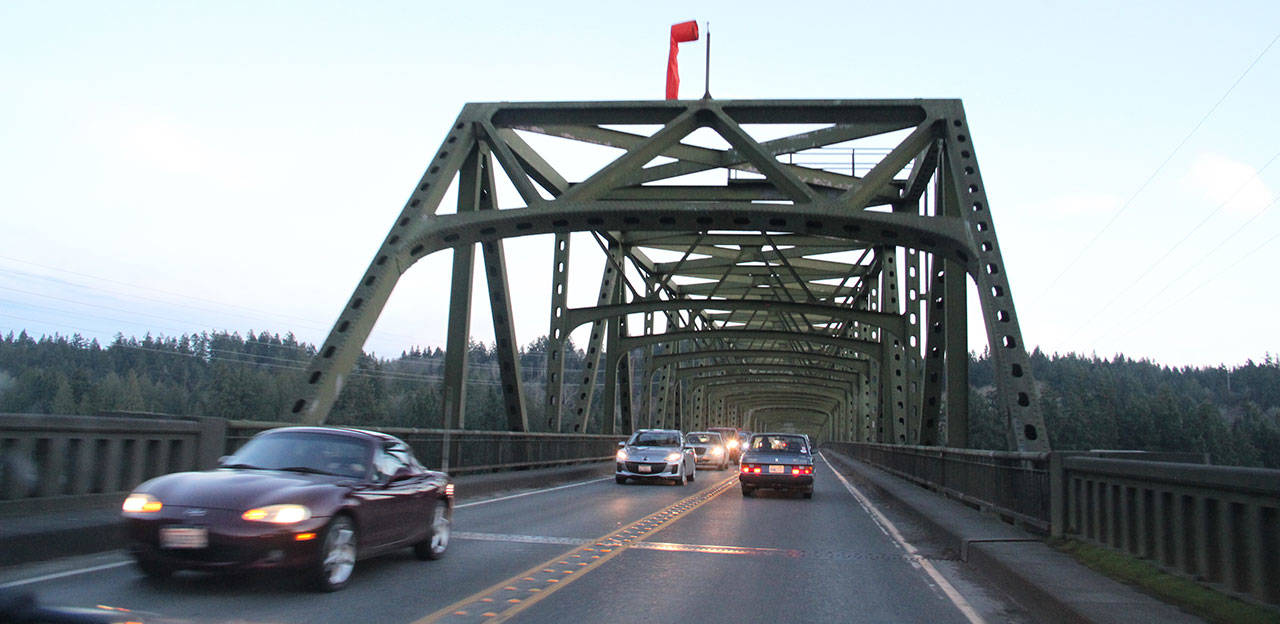The air travel of high-flying islanders is creating more greenhouse gas emissions than residents who are stuck behind their automobile steering wheels.
That’s one of the surprising takeaways from a just-released greenhouse gas emissions report that was commissioned by the city of Bainbridge Island.
The comprehensive inventory of greenhouse gas emissions, conducted by Cascadia Consulting Group, was launched by the city to show its commitment to reducing emissions and being a leader on climate action.
The inventory assessed emissions from the Bainbridge community and municipal government operations, and looked at two representative years, 2014 and 2018.
The study found the Bainbridge community emitted an estimated 233,998 metric tons of carbon dioxide equivalent (MTCO2e) in 2018, or 9.4 MTCO2e per Bainbridge Island resident.
Cascadia Consulting Group said the per-capita estimate for Bainbridge is consistent with that of Kitsap County (9.9 MTCO2e per person), and lower than per-capita estimates for the rest of the country overall, as well as Washington state, King County, and Bellevue.
The study also noted, however, that the island’s estimated per-capita emissions are almost twice those of Seattle and Tacoma.
The majority of communitywide emissions in 2018 on Bainbridge were attributed to consumption of electricity in homes and commercial buildings.
Residential electricity uses accounted for 37 percent of Bainbridge Island community emissions by source last year.
Second was non-residential electricity use, at 14 percent.
Third was air travel, at 13 percent.
On-road vehicle uses accounted for 12 percent.
The study said communitywide emissions have increased by 9 percent since 2014.
“Per-capita emissions, however, only increased 1 percent over that period, suggesting that population growth contributed to the observed trends,” the analysis said.
“Changes in electricity fuel source (e.g., renewables versus coal) and growth in employment also pushed emissions upward, while improvements in vehicle fuel economy, reductions in the distance each person drives, and declining per-household and per-business energy consumption on Bainbridge Island softened the extent of those increases,” the Cascadia Consulting Group study added.
The level of vehicle use on Bainbridge has long been blamed as one of the leading causes of greenhouse gas emissions, and last year, the city attempted to pass a property tax levy to pay for roadside improvements and other non-motorized features that levy supporters hoped would get people out of their cars and reduce the island’s carbon footprint. The levy failed at the ballot box.
The report notes that though vehicle miles traveled by Bainbridge drivers has increased by 4 percent between 2014 and 2018, “emissions from on-road vehicles increased minimally — by 0.3 percent.”
The increasing average fuel economy of passenger vehicles was cited for the minimal change.
How did the greenhouse gas inventory determine islander’s air travel as a bigger component than vehicle use?
The study said air travel emissions from island residents were attributed “by downscaling total fuel use at Sea-Tac Airport to the Bainbridge Island community based on population.”
Air travel contributed 13 percent to communitywide emissions, the report notes, “making it the largest source of off-road GHG emissions and second-largest source of emissions overall (tied with non-residential energy).”
The report said emissions from air travel attributed to islanders increased 29 percent from 2014 to 2018.
“This increase is largely attributable to population growth on Bainbridge Island and a 30 percent increase in total landings at SeaTac International Airport between 2014 and 2018,” the report said. “Our calculations are based on available jet fuel usage data (from 2015), which were scaled by the proportion of landings at SeaTac International Airport. Bainbridge Island’s population and businesses make up approximately 0.5 percent of the four-county area that SeaTac predominantly serves (King, Kitsap, Pierce, and Snohomish counties).”
Bainbridge city officials said they will use the report to focus climate action efforts, which include preparing a Climate Action Plan “to establish goals for the city’s municipal carbon emissions, or reductions, and provide input to other aspects of community leadership such as development regulations and planning for capital projects.”
“This first report represents an important outcome of work started by the city council, the city’s climate Change Advisory Committee, and city staff more than a year ago,” said Deputy City Manager Ellen Schroer.
“The report is a valuable tool to help engage the community in thinking about local climate change impacts,” she said.
Cascadia Consulting Group will present its greenhouse gas inventory findings to the city council during the Tuesday, Dec. 3 study session.
Two community workshops will be held that will share details of climate impact study and to provide input on a draft Climate Action Plan for the city.
The workshops are 10 a.m. to noon Saturday, Dec. 7 at city hall; and 6:30 to 8:30 p.m. Wednesday, Dec. 11 in the library reading room at Bainbridge High School.


